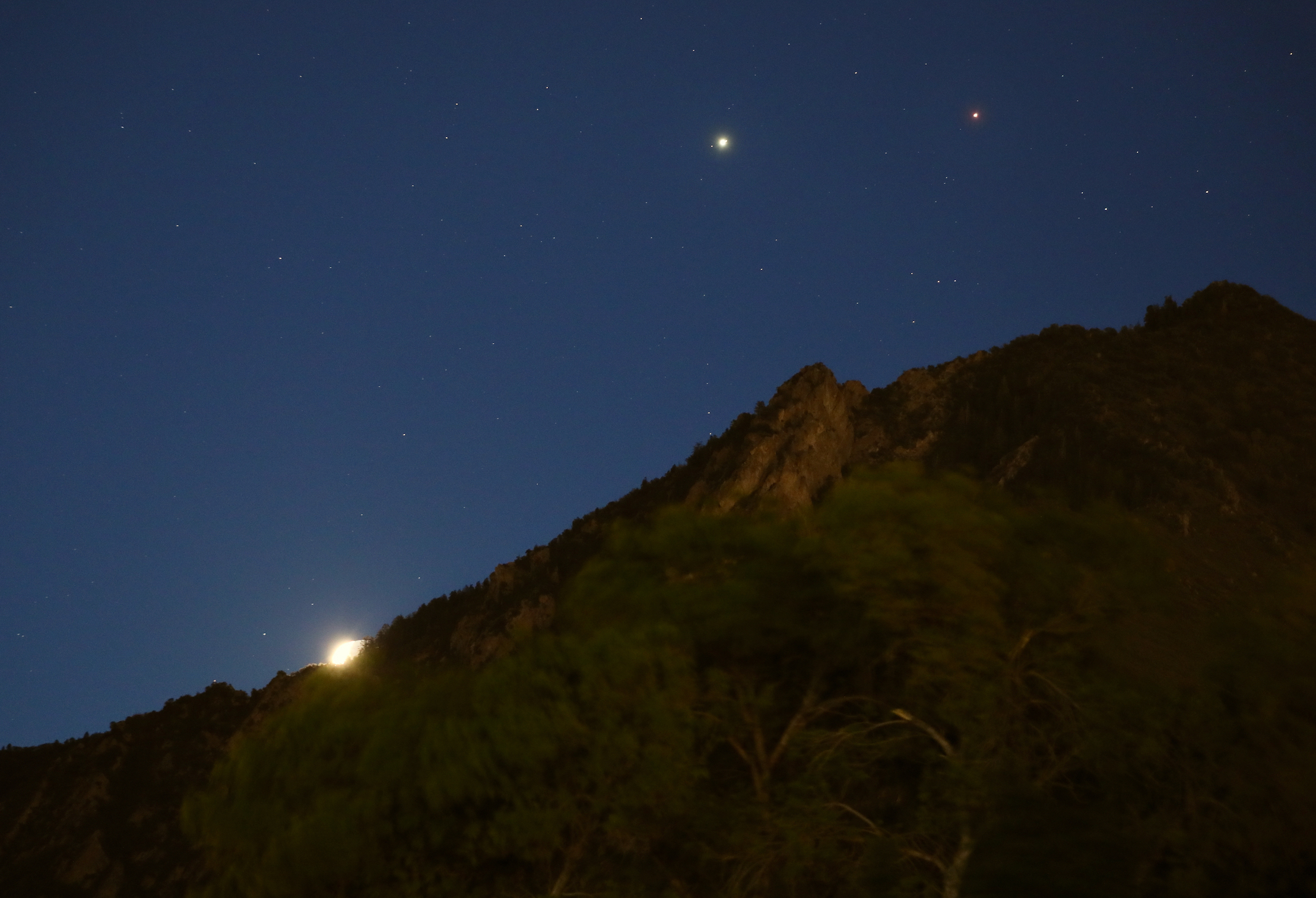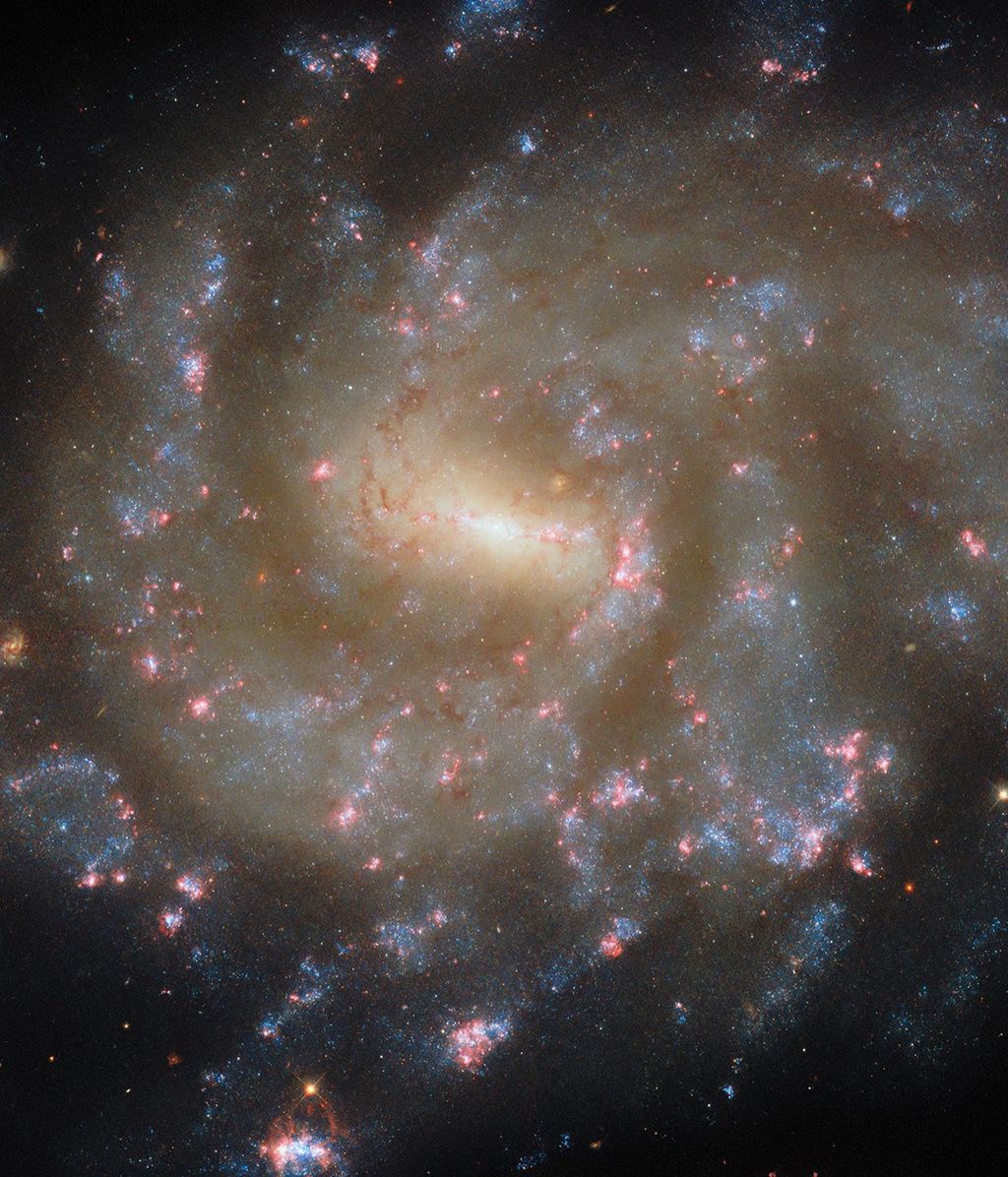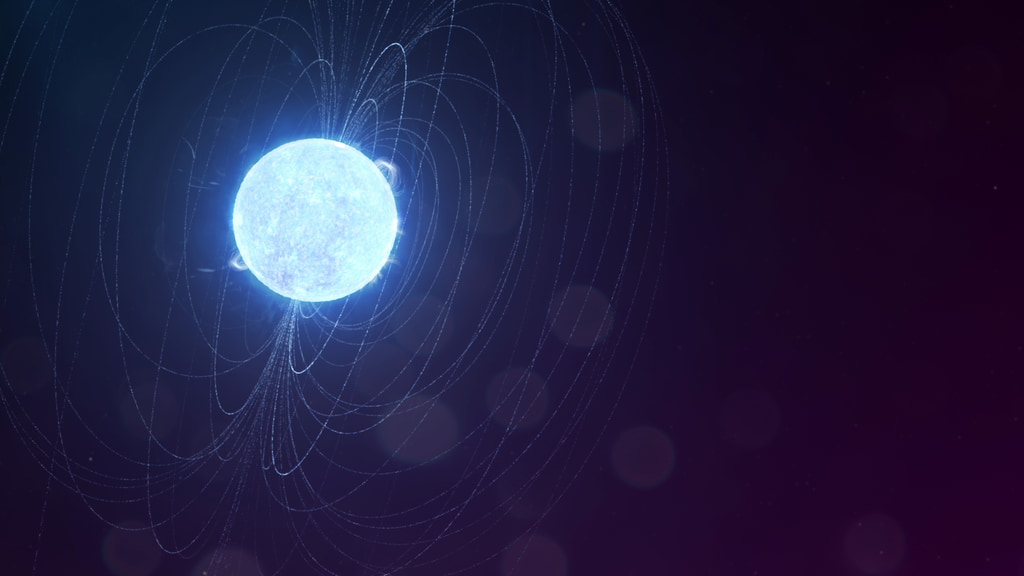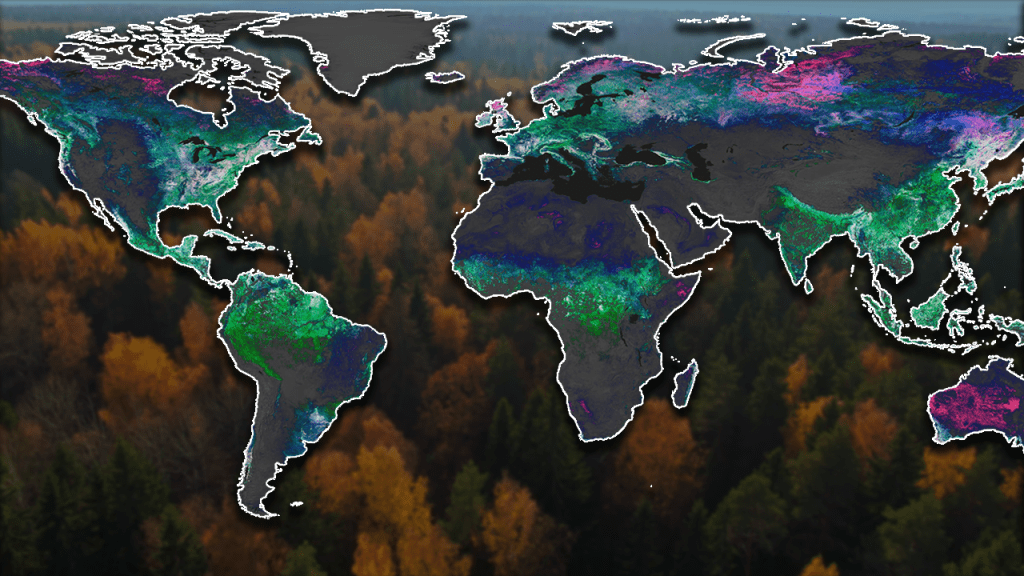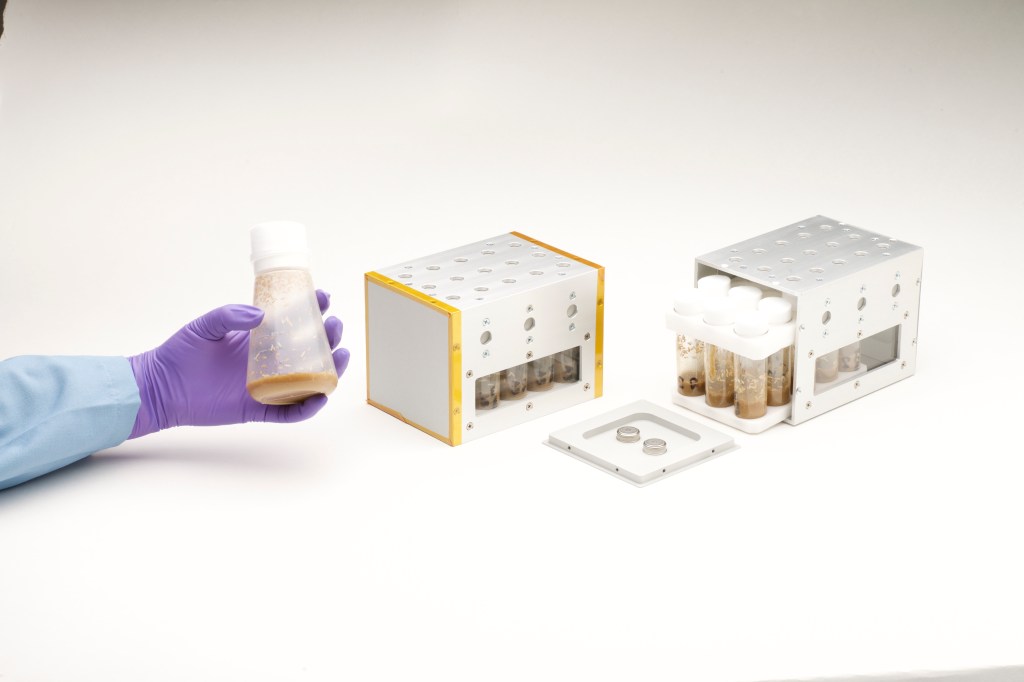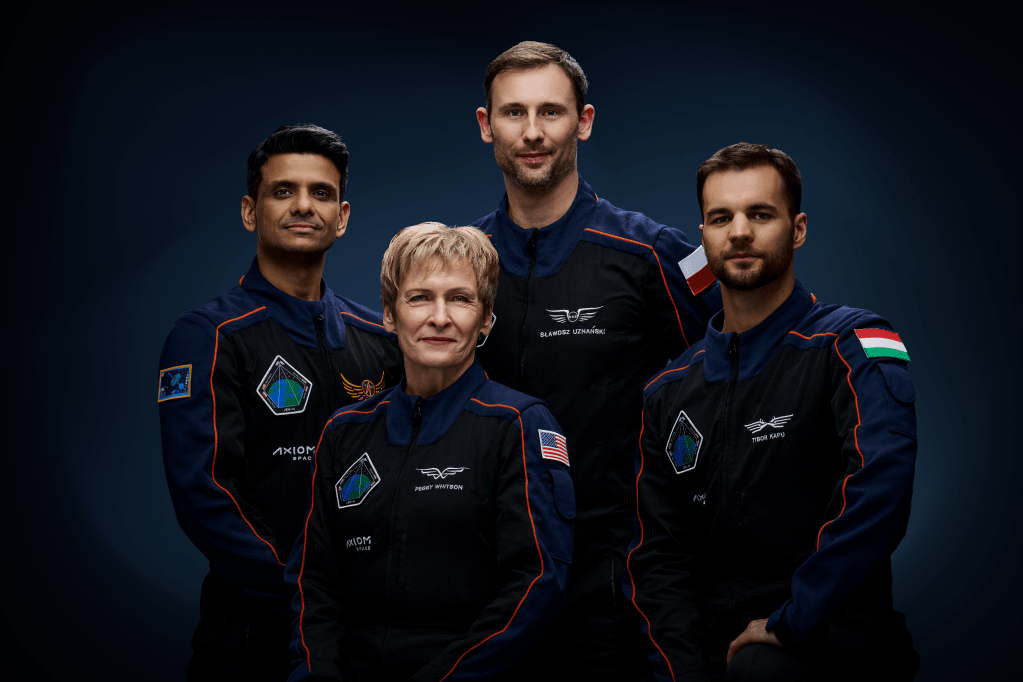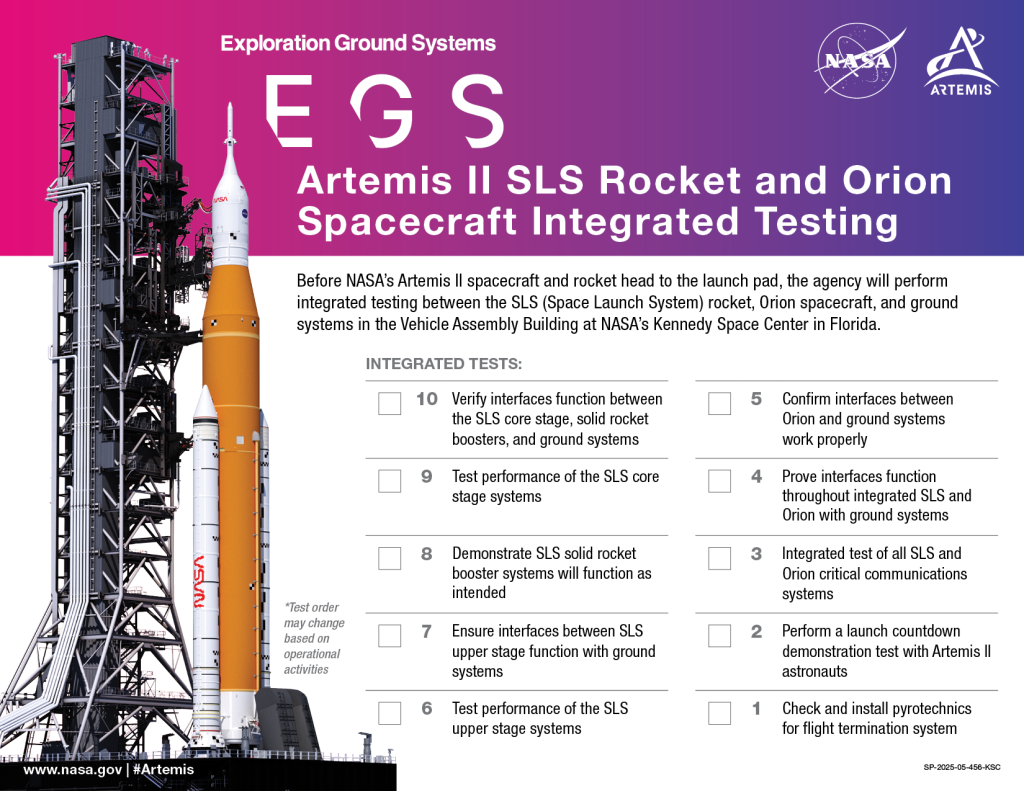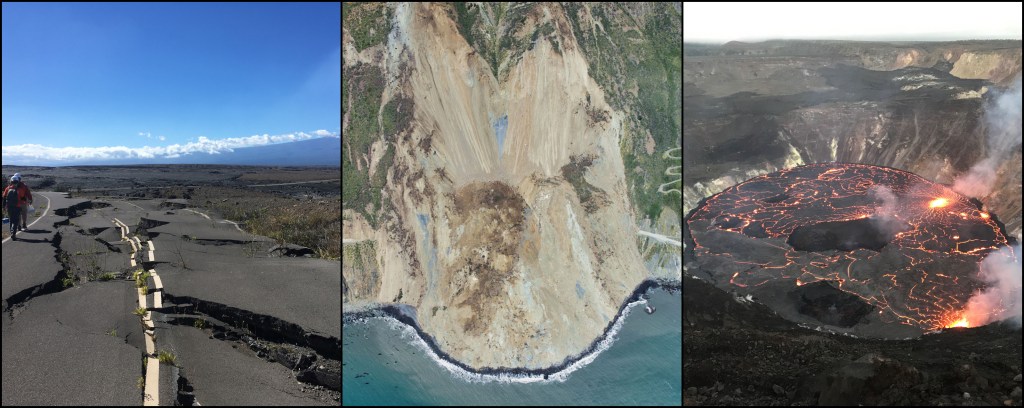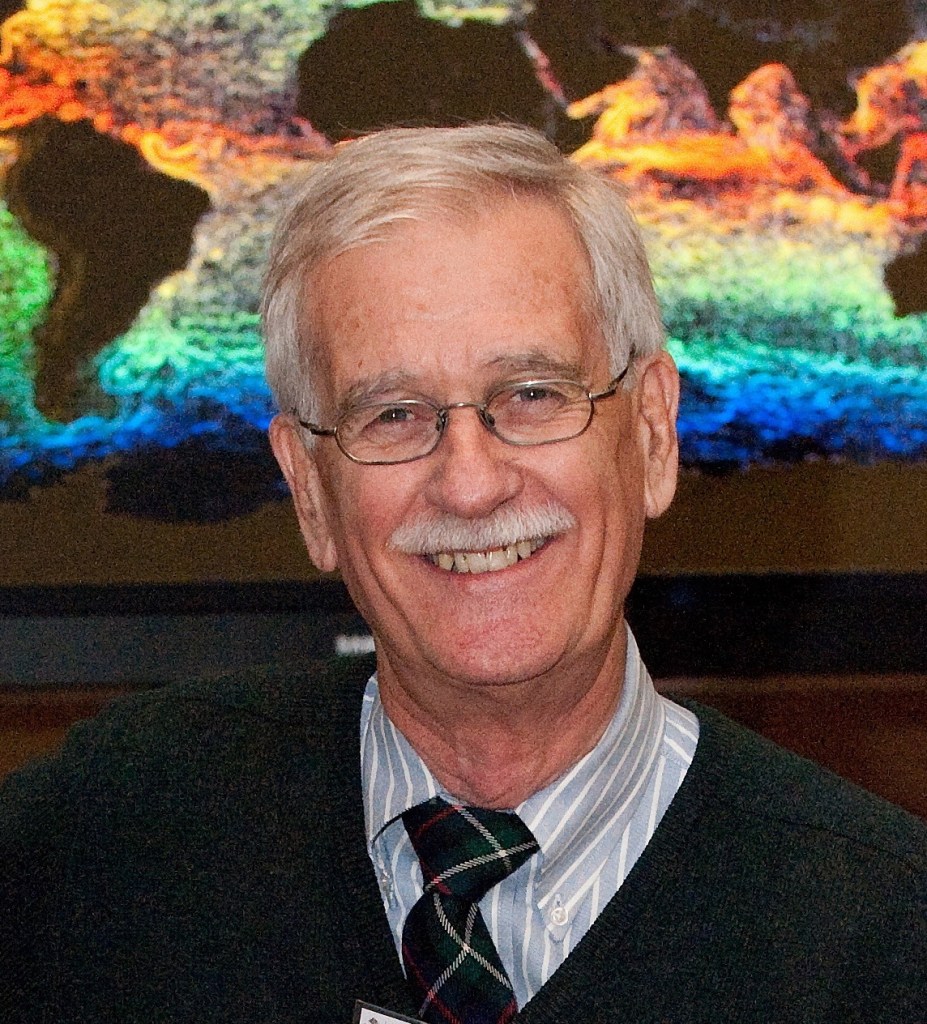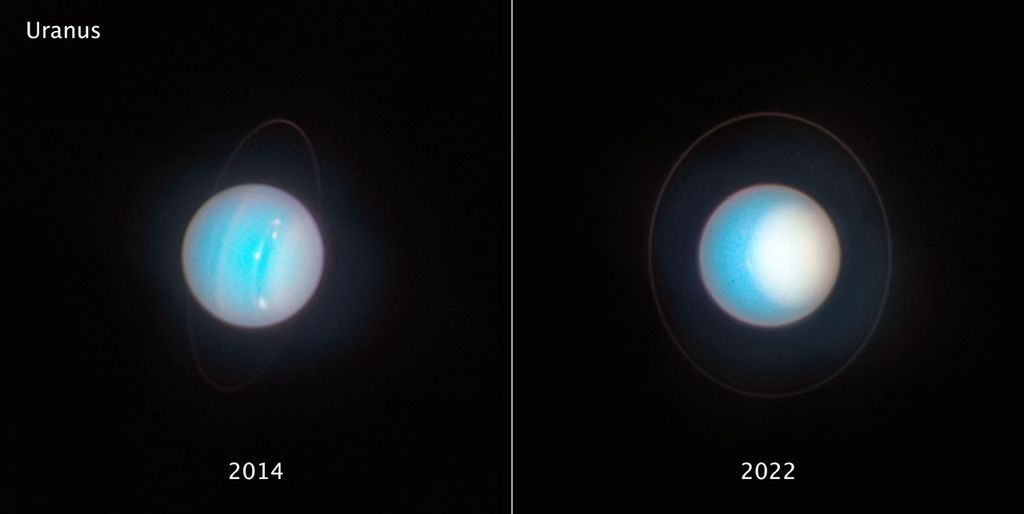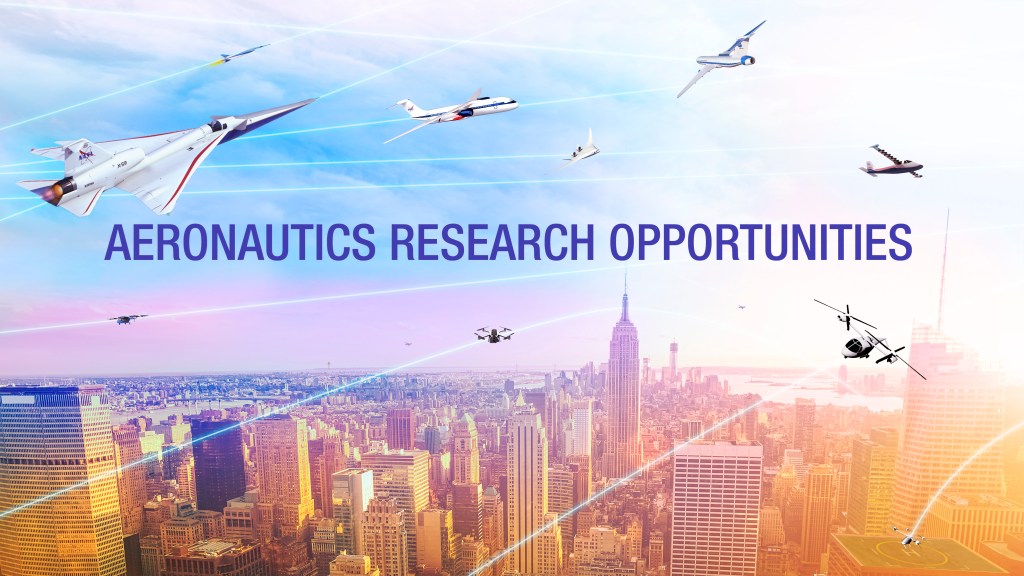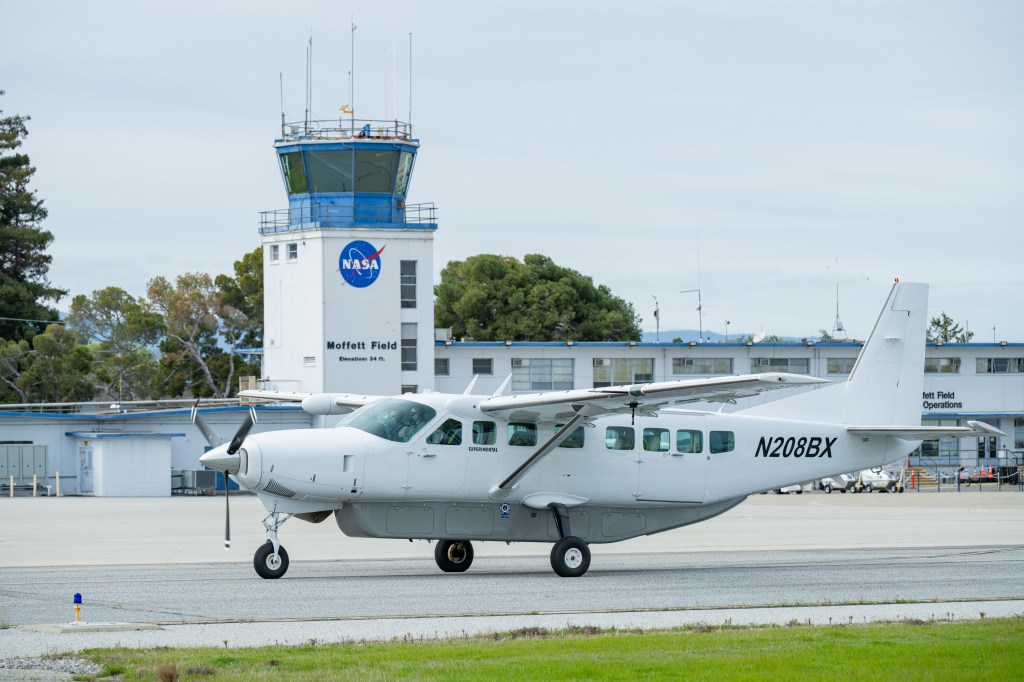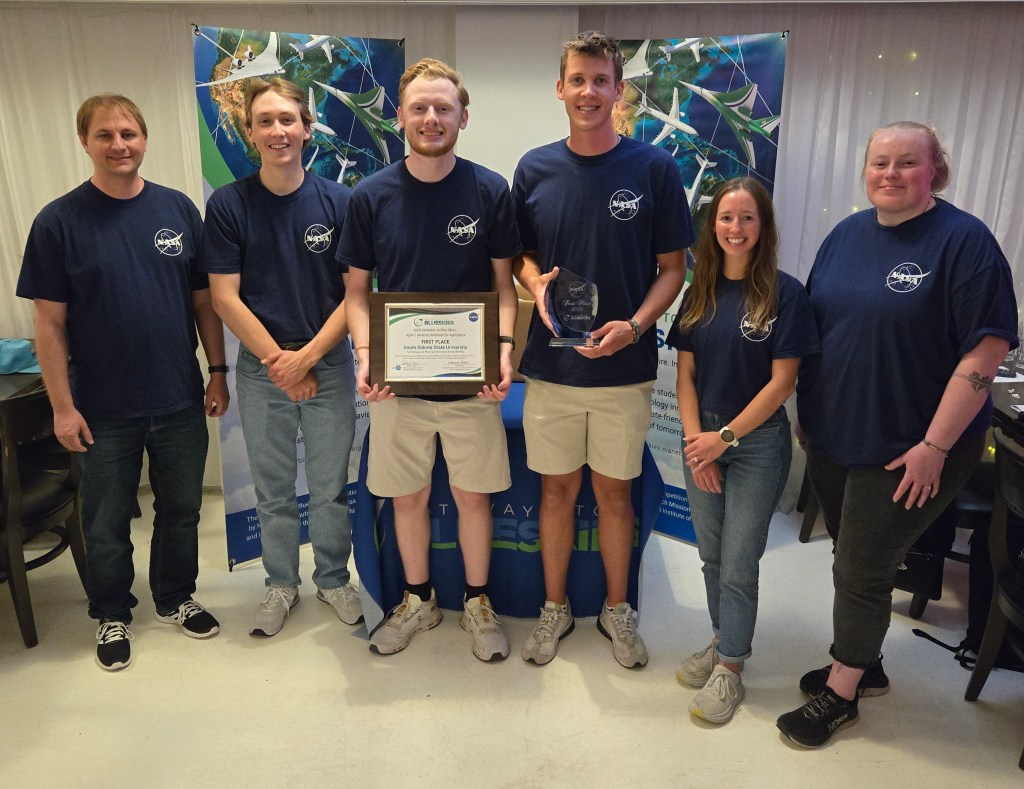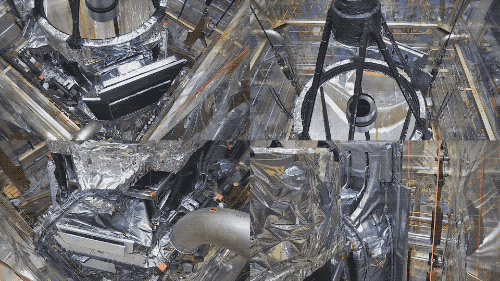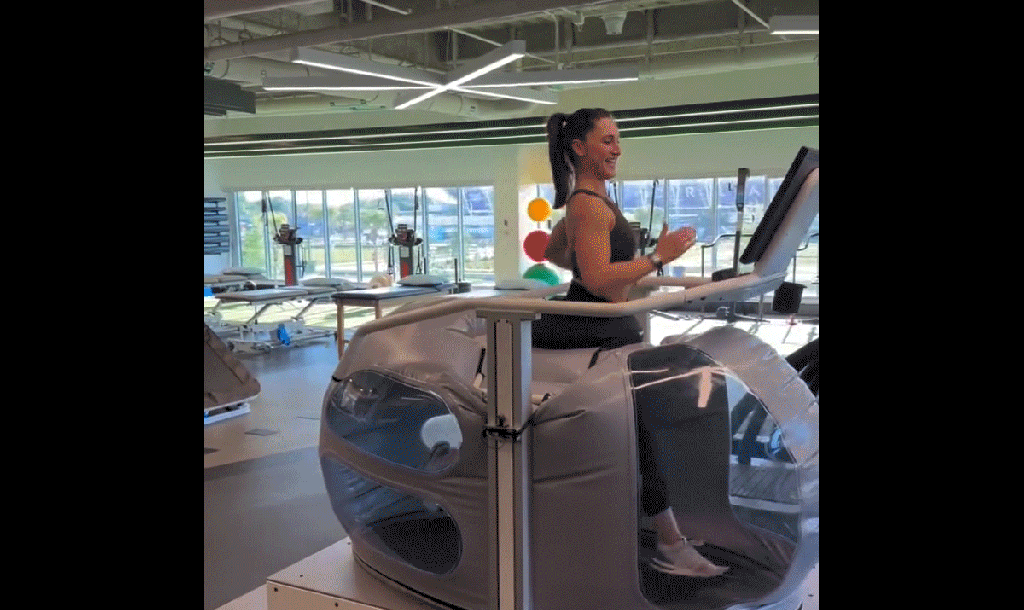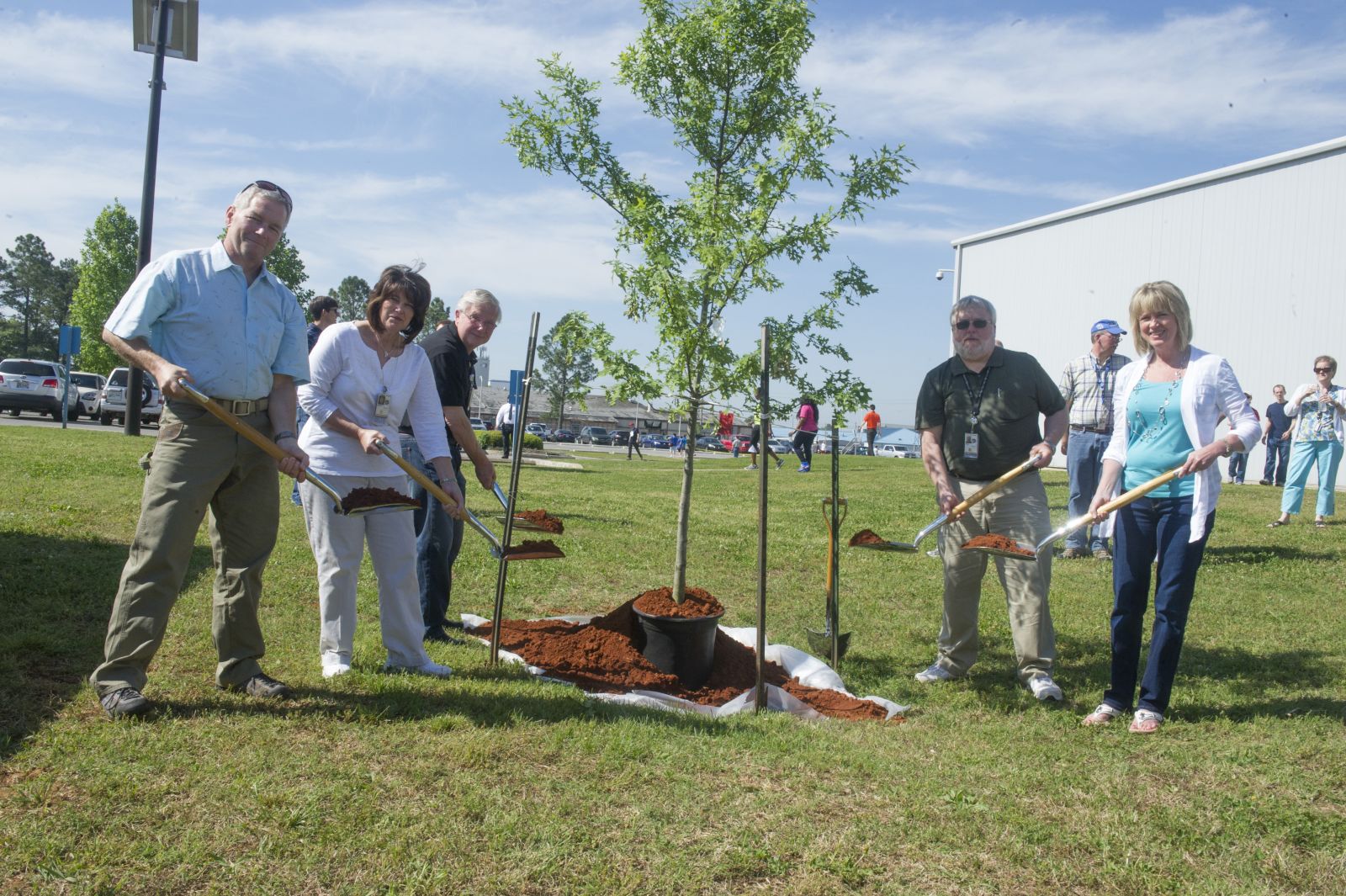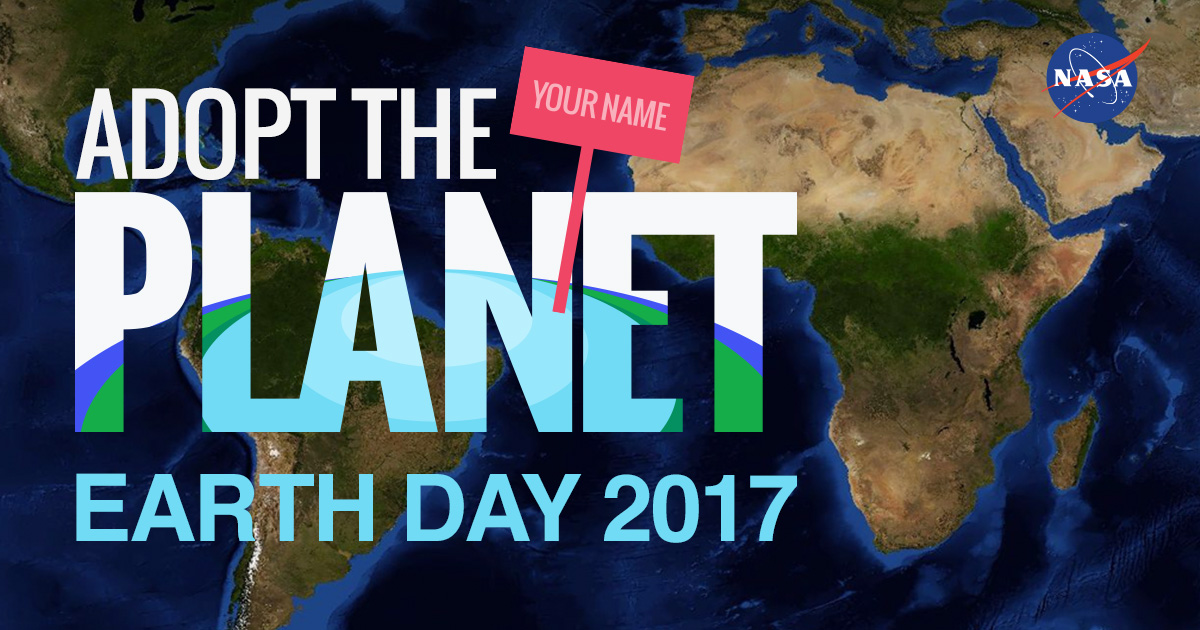In This Week’s Star
- Director’s Corner: Growing Excitement for the Future of Space Exploration and Science
- Supplies and Science Experiments Launched to Space Station
- ‘SHE Day’ Branches Out to Separate Events at Marshall
- Setting the Bar High: Christy Kennamer Helps Guide Science on the International Space Station
- #AdoptThePlanet: NASA Celebrates Earth Day with Unique Planetary Campaign
- NASA Team Explores Using LISA Pathfinder as ‘Comet Crumb’ Detector
- NASA’s Student Launch Event Featured on ‘This Week @NASA’
- This Week in NASA History: Apollo 16 Lands on the Moon — April 20, 1972
- Obituaries
Director’s Corner: Growing Excitement for the Future of Space Exploration and Science
Two weeks ago, I was in Colorado Springs, Colorado, to take part in the 33rd National Space Symposium to talk about the state of global space exploration and science.
The symposium, a huge event that brings together leading voices and organizations from across government, industry and academia, is one of those rare opportunities where the entire spectrum of stakeholders is well represented. Researchers and scientists, from institutions big and small, mingle with policy-makers and executives from across the world.
In a way, the symposium’s dynamic is a microcosm of the environment shaping our policies, programs and priorities in the 21st century — heavy hitters from the space industry, with decades of experience developing technology and leading missions, sharing the same platform with entrepreneurial projects seeking to forge their own path to low-Earth orbit and beyond.
NASA is readying the Space Launch System for its first flight, when the Orion spacecraft will travel farther than any other crew-capable vehicle before. Commercial innovators like Blue Origin of Kent, Washington — whose New Shepard suborbital booster stood outside the venue, and served as the backdrop for countless selfies — are developing a new generation of launch vehicles for low-Earth orbit. Robotic explorers like Cassini and Juno are making new discoveries as one winds down and other ramps up. There was a charge in the air — a sense that we are part of a transformative, new era in space.
I sat on a panel called “NASA Center Directors in a Time of Transition,” which included my colleagues from NASA’s Johnson and Kennedy Space Centers, Jet Propulsion Laboratory, Goddard Space Flight Center and Glenn Research Center. With a new administration in the White House, our partners, supporters and stakeholders want to know what that means for the future of the agency.
Though there are still unanswered questions, our message to the audience was that there is tremendous support for our work, across the board, and we’ve got the resources to continue delivering on our portfolio of commitments. And as it stands for NASA and our partners, together, we’re laying the groundwork for a smart and sustainable deep-space exploration architecture, which will enable human and robotic missions to the moon, Mars, Europa and beyond for decades to come.
Just as the Space Shuttle Program and International Space Station opened the door for new innovations and international and commercial operations in low-Earth orbit, our deep-space exploration program will create new opportunities for cooperative science and exploration, as well as commercial endeavors.
In just a few years, SLS will launch from Kennedy — potentially launching a crew from U.S. soil for the first time in nearly a decade. So, there is genuine excitement for what we’re doing, and I can’t be prouder of the Marshall team and our peers across the agency.
During the era of the Apollo Program, there were two major players in space — the U.S. and the Soviet Union. As NASA and its team of contractors and suppliers worked around the clock to send a crew to the moon, the idea that private companies and international space agencies around the world were also rapidly developing their own spaceflight capabilities — often cooperatively — would be unthinkable. We are building a space program for the new millennium, as a new commercial market evolves in low-Earth orbit. And though change can be disruptive, there is no question that this phenomenon is fueling innovation, advancing progress and expanding the reach of the benefits therein.
The National Space Symposium was a symbolic confluence of all these forces — serving to underscore the great position we’re in, and how important it is for us to deliver on SLS, Orion, IXPE, ISS, and every one of our pursuits and commitments. I’ve said it before, but that’s never stopped me from saying it again — I think we’ve got the best team in the world, and our partners and stakeholders see it in our work.
Supplies and Science Experiments Launched to Space Station
More than 7,600 pounds of science experiments and crew supplies launched to the International Space Station April 18 on the seventh resupply mission by Orbital ATK of Dulles, Virginia.
The Cygnus spacecraft — dubbed the S.S. John Glenn in honor of the former astronaut and U.S. Senator from Ohio — launched from Cape Canaveral Air Force Station and should arrive at the station for berthing and unloading on April 22.
The new experiments on board include magnetized tools to make it easier to reproduce experiments on Earth, an antibody investigation that could increase the effectiveness of chemotherapy drugs for cancer treatment and an advanced plant habitat for studying plant physiology and growth of fresh food in space.
In addition to the experiments, Cygnus is carrying 38 CubeSats, including many built by university students from around the world as part of the QB50 program. The CubeSats are scheduled to deploy from either the spacecraft or space station in the coming months to form a constellation of satellites to study the upper reaches of Earth’s atmosphere.
Also on board the spacecraft is the Advanced Plant Habitat — a plant chamber the size of a minifridge that will help astronauts grow larger, more nutritionally dense plants that could one day be consumed by astronauts on deep-space missions.
The capsule will remain on the station until July, when it will depart with several tons of trash for a fiery reentry into Earth’s atmosphere. Prior to re-entry, a third experiment will be conducted to study how fire burns in space.
‘SHE Day’ Branches Out to Separate Events at Marshall
By Megan Davidson
Since 2012, NASA’s Marshall Space Flight Center has hosted Safety, Health and Environmental Day to bring awareness to those programs through activities and exhibits. But 2017 will be the start of something different.
“We won’t be having a combined SHE Day this year,” said Ed Kiessling, manager of Marshall’s Environmental Engineering & Occupational Health Office. “We’ve had a good run with the event and brought some really cool things in for people to experience. But our office decided to team up with the Industrial Safety Office to come up with a new approach that will better serve the center by more effectively focusing on key SHE issues.”
The policy and vision of the SHE Program is to create an incident-and-injury-free workplace, and ensure the safety of all operations and products leading to mission success. It’s also to prevent occupational illnesses; maintain the physical and mental well-being of Marshall team members; and enable NASA’s mission by providing environmental compliance and stewardship.
Some of the activities to promote those initiatives are already well underway this week. The Marshall Running Club Wellness 5K — formerly the SHE Day 5K — was held April 19 to spotlight health and fitness.
It’s also “Earth Week,” which aims to raise environmental awareness at Marshall. A “Go Green — Buy Local” event is being held from 9 a.m. to 4 p.m. through April 21 in the lobby of Building 4203. Several local craft vendors will have items for purchase that are made using 100 percent sustainable products. “Buying products made locally cuts down on packaging waste and reduces fuel consumption in transporting the products — reducing greenhouse gas emissions,” said Donna Leach, lead on Earth Week activities at Marshall.
Marshall team members were able to get free tomato and pepper plants April 19 in the lobby of Building 4203. Along with the plants, printed copies of the “Green Spot” newsletter will be available, which highlights the history of Earth Day.
A “Safety Week” is in the planning stages for Sept. 25-29. “This year, the focus will be to increase awareness of Marshall’s safety culture, while reminding team members to maintain an ‘incident-and-injury-free’ workplace environment,” said Sonya Dillard, head of Safety Week activities.
More information on that and future events will be available in the coming months on ExplorNet. For more information on Safety Week, contact Sonya Dillard.
Davidson, an ASRC Federal/Analytical Services employee, supports the Office of Strategic Analysis & Communications.
Setting the Bar High: Christy Kennamer Helps Guide Science on the International Space Station
By Bill Hubscher
When Christy Kennamer landed her first full-time job, she actually disappointed her parents. If they had known it would eventually lead to an important role supporting the International Space Station, they might not have minded so much.
The then-17-year-old was supposed to be attending Auburn University in Alabama and enjoying college life. Instead, she was enrolled at the University of Alabama in Huntsville while holding down a full-time job.
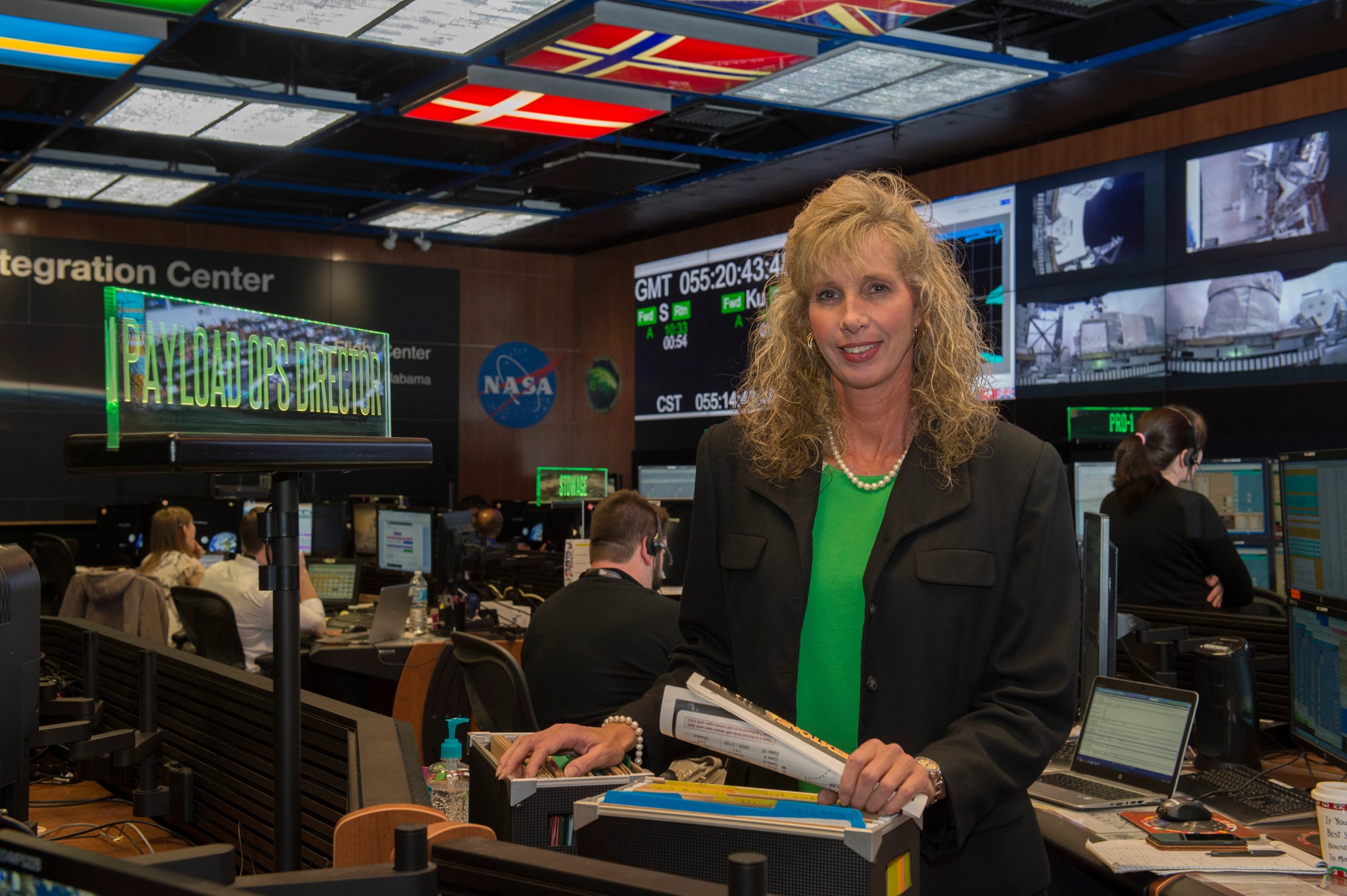
“It was a great opportunity with a company very near the campus. I just learned how to multi-task very early,” said Kennamer, an operations support manager for the Payload Operations Integration Center — mission control for science on the space station located at NASA’s Marshall Space Flight Center.
The biggest challenge was not the workload, but proving herself as a teenage woman in a traditionally male-dominated office environment.
“I didn’t really think too much about it at the time, but I was constantly proving myself,” Kennamer says. “I was doing the work, traveling to other cities, and was soon training people older than myself. They had to wrap their heads around that and I quickly earned the respect of my team members.”
Over the next 14 years, Kennamer worked her way up the ladder starting as an operations assistant and finishing as a regional data analyst manager. Along the way, she earned a bachelor’s degree in civil and environmental engineering from UAH and had two children. Working long hours and weekends is second nature for her.
“The week my daughter was born, I put in 60 to 70 hours,” she said, shrugging and smiling. “I had things that needed to get done at the office and co-workers depending on me.”
In June 2009, Kennamer joined the Payload Communications Team with the Payload Operations Integration Center at Marshall. She and her fellow flight controllers speak with astronauts on the station on a daily basis to help them conduct science experiments and make the discoveries that improve life on Earth. When a chance came to hold a dual role, she also became certified with the Stowage Team as well, helping keep track of the myriad of items on the space station, from tools to trash.
Near the end of 2015, she accepted her current assignment as operations support manager. She was the first person in the role, a brand-new position in the ranks of the station’s support personnel. Kennamer shares space with the Payload Operations managers, assisting team members and scientists around the world to make sure all plans and procedures are in place for science operations on orbit.
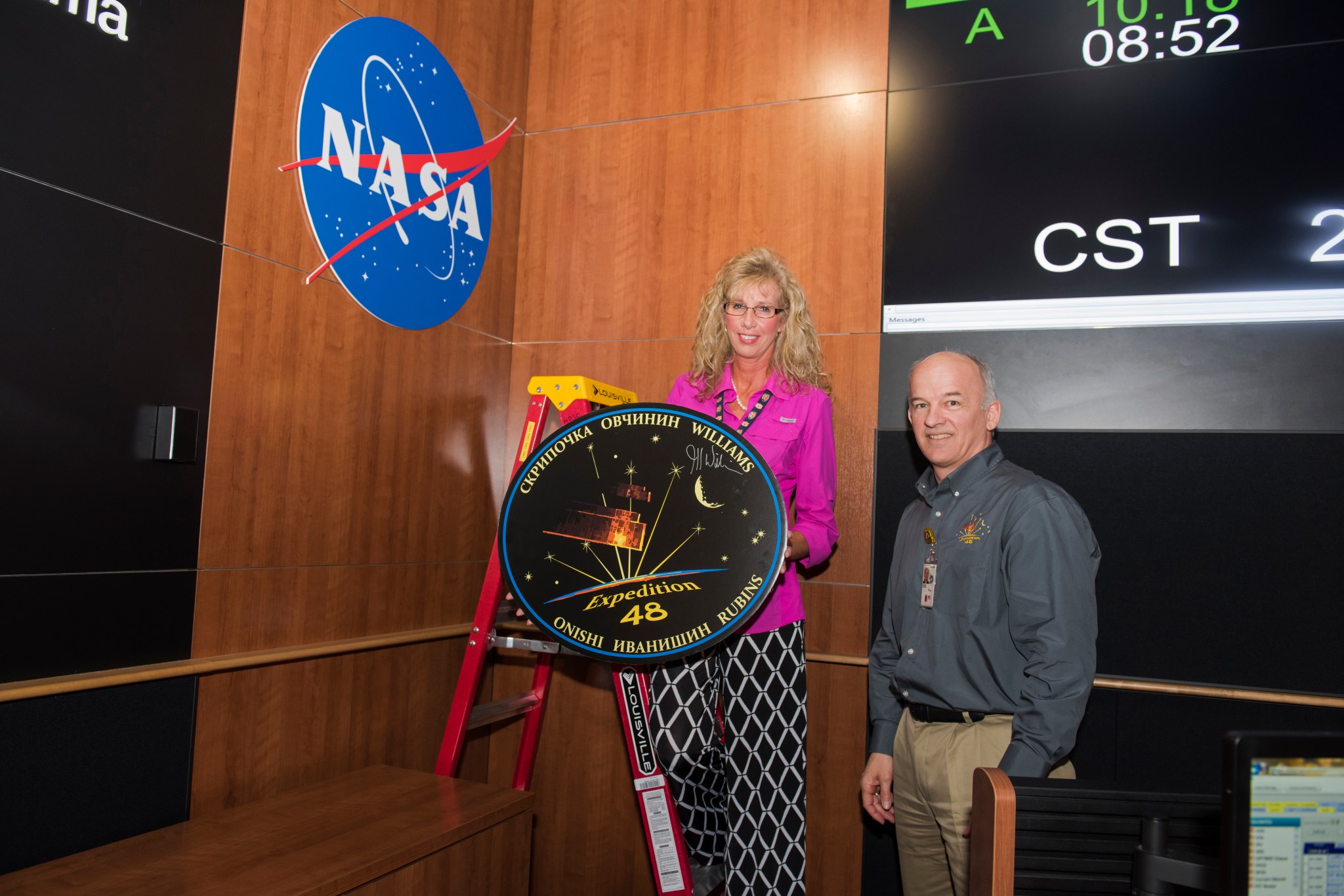
She still puts those multi-tasking talents to good use, filling in as a backup Payload Communications manager a few times a month.
She has raised her daughter, Aubrie, and son, Levi, with the same high standards and work ethic she has exhibited throughout her career and spends what valuable free time she has with them.
“They know momma works hard and I’m trying to be a good example.,” Kennamer says. “I have told them, with a good work ethic, there is nothing they can’t do.”
Looking back over her 25-year career, Kennamer feels it wasn’t just her work habits that got her to where she is today.
“I’ve always loved a challenge,” she said. “But I am very lucky that I had people to encourage me. The greatest boss I ever had was always asking me, ‘So, what do you want to do next?’ I think the variety of answers I gave helped me become a more valuable employee.”
To read more about Kennamer, including how she stays connected with her children, read the full article here.
Hubscher, an ASRC Federal/Analytical Services employee, supports the Office of Strategic Analysis & Communications.
#AdoptThePlanet: NASA Celebrates Earth Day with Unique Planetary Campaign
As global-minded individuals and organizations prepare Earth Day celebrations around the world, NASA’s new “Adopt a Planet” campaign gives space enthusiasts a unique way to help raise awareness — by “adopting” one of 64,000 portions of Earth as seen from space.
Interested parties should visit go.nasa.gov/adopt to adopt a piece of the planet, which is assigned randomly. Each adopter will receive a personalized, printable adoption certificate identifying his or her roughly 55-mile-wide section of the planet. Certificates include detailed NASA Earth science data collected for that area, offering fascinating insight into each adopter’s slice of the globe.
NASA encourages participants to share their certificates via social media, using #AdoptThePlanet. The agency’s goal is to successfully adopt the entire planet by Earth Day on April 22. Once all 64,000 sections are taken, the online adoption system will start over, enabling as many people as possible to join the fun. Participation is intended for education purposes only; taking part does not confer any legal or ownership rights.
Taking a ‘Worldview’
Visitors to the Adopt a Planet page also can explore an interactive world map; print certificates for their hometowns, favorite vacation spots and other sites; and learn more about any spot on the globe by following a link to NASA’s Worldview website. Visitors can use Worldview, an interactive, web-based application for browsing global satellite imagery and associated data, to browse images of vegetation across the planet, identify air quality, study sea ice levels in the Arctic and Antarctic regions and more.
Most Worldview imagery is available mere hours after a satellite has passed over a region. Additionally, #AdoptThePlanet participants can see how their pieces of Earth have changed over time, using nearly 30 years’ worth of the same data NASA scientists use to study our changing planet and offer strategies to protect resources and better our lives.
Worldview is part of NASA’s Earth Observing System Data and Information System, which makes the agency’s repository of free data available to the public. NASA and other U.S. government agencies, collectively, are the largest global provider of civil Earth science data.
NASA continually looks outward to shed new light on the planets of our solar system and the cosmos, but no planet is more closely studied than the one we live on. The agency’s fleet of 18 Earth science missions in space, supported by ground observations and air and sea research vessels, measure aspects of the environment that touch the lives of every human being every day.
NASA Team Explores Using LISA Pathfinder as ‘Comet Crumb’ Detector
The Laser Interferometer Space Antenna Pathfinder, or LISA Pathfinder, a mission led by the European Space Agency with contributions from NASA, has successfully demonstrated critical technologies needed to build a space-based observatory for detecting ripples in space-time called gravitational waves. Now a team of NASA scientists, including Tyson Littenberg at NASA’s Marshall Space Flight Center, hopes to take advantage of the spacecraft’s record-breaking sensitivity to map out the distribution of tiny dust particles shed by asteroids and comets far from Earth.
Most of these particles have masses measured in micrograms, similar to a small grain of sand. But with speeds greater than 22,000 mph, even micrometeoroids pack a punch. The new measurements could help refine dust models used by researchers in a variety of studies, from understanding the physics of planet formation to estimating impact risks for current and future spacecraft.
“We’ve shown we have a novel technique and that it works,” said Ira Thorpe, who leads the team at NASA’s Goddard Space Flight Center. “The next step is to carefully apply this technique to our whole data set and interpret the results.”
The mission’s primary goal was to test how well the spacecraft could fly in formation with an identical pair of 1.8-inch gold-platinum cubes floating inside it. The cubes are test masses intended to be in free fall and responding only to gravity.
The spacecraft serves as a shield to protect the test masses from external forces. When LISA Pathfinder responds to pressure from sunlight and microscopic dust impacts, the spacecraft automatically compensates by firing tiny bursts from its micronewton thrusters to prevent the test masses from being disturbed.
Scientists call this drag-free flight. In its first two months of operations in early 2016, LISA Pathfinder demonstrated the process with a precision some five times better than its mission requirements, making it the most sensitive instrument for measuring acceleration yet flown. It has now reached the sensitivity level needed to build a full multi-spacecraft gravitational wave observatory.
“Every time microscopic dust strikes LISA Pathfinder, its thrusters null out the small amount of momentum transferred to the spacecraft,” said Goddard co-investigator Diego Janches. “We can turn that around and use the thruster firings to learn more about the impacting particles. One team’s noise becomes another team’s data.”
To find the impacts, Littenberg, an astrophysicist in the Astrophysics Branch at Marshall, adapted an algorithm he originally developed to search for gravitational waves in data from the ground-based detectors of the Laser Interferometer Gravitational-wave Observatory, located in Livingston, Louisiana, and Hanford, Washington. In fact, it was one of many algorithms that played a role in the discovery of gravitational waves by LIGO, announced in February 2016.
“The way it works is that we come up with a guess of what the signal might look like, then study how LIGO or LISA Pathfinder would react if this guess were true,” Littenberg explained. “For LIGO, we’re guessing about the waveform, the peaks and valleys of the gravitational wave. For LISA Pathfinder, we’re guessing about an impact.”
To map out the probability of likely sources, the team generates millions of different scenarios describing what the source might be and compares them to what the spacecraft actually detects.
In response to an impact, LISA Pathfinder fires its thrusters to counteract both the minute “push” from the strike and any change in the spacecraft’s spin. Together, these quantities allow the researchers to determine the impact’s location on the spacecraft and reconstruct the micrometeoroid’s original trajectory. This may allow the team to identify individual debris streams and perhaps relate them to known asteroids and comets.
LISA Pathfinder is managed by ESA and includes contributions from Goddard and NASA’s Jet Propulsion Laboratory. The mission launched on Dec. 3, 2015, and began orbiting a point called Earth-sun L1, roughly 930,000 miles from Earth in the sun’s direction, in late January 2016.
NASA’s Student Launch Event Featured on ‘This Week @NASA’
The 17th annual Student Launch event is featured in the latest edition of “This Week @NASA,” a weekly video program broadcast nationwide on NASA-TV and posted online.
On April 8, more than 50 high-powered rockets launched in Toney, Alabama, near NASA’s Marshall Space Flight Center. Student Launch challenges teams of students to design, build and launch a single-stage rocket to an altitude of one mile, deploy an automated parachute system, and land safely for reuse.
NASA announced the preliminary award winners on April 11, while the overall winners will be announced in May after final calculations have been reviewed for accuracy.
The event — managed by Marshall’s Academic Affairs Office – aligns with NASA’s major education goal of encouraging students to pursue degrees and careers in the STEM fields of science, technology, engineering and mathematics.
View this and previous episodes at “This Week @NASA” on NASA’s YouTube page.
This Week in NASA History: Apollo 16 Lands on the Moon — April 20, 1972
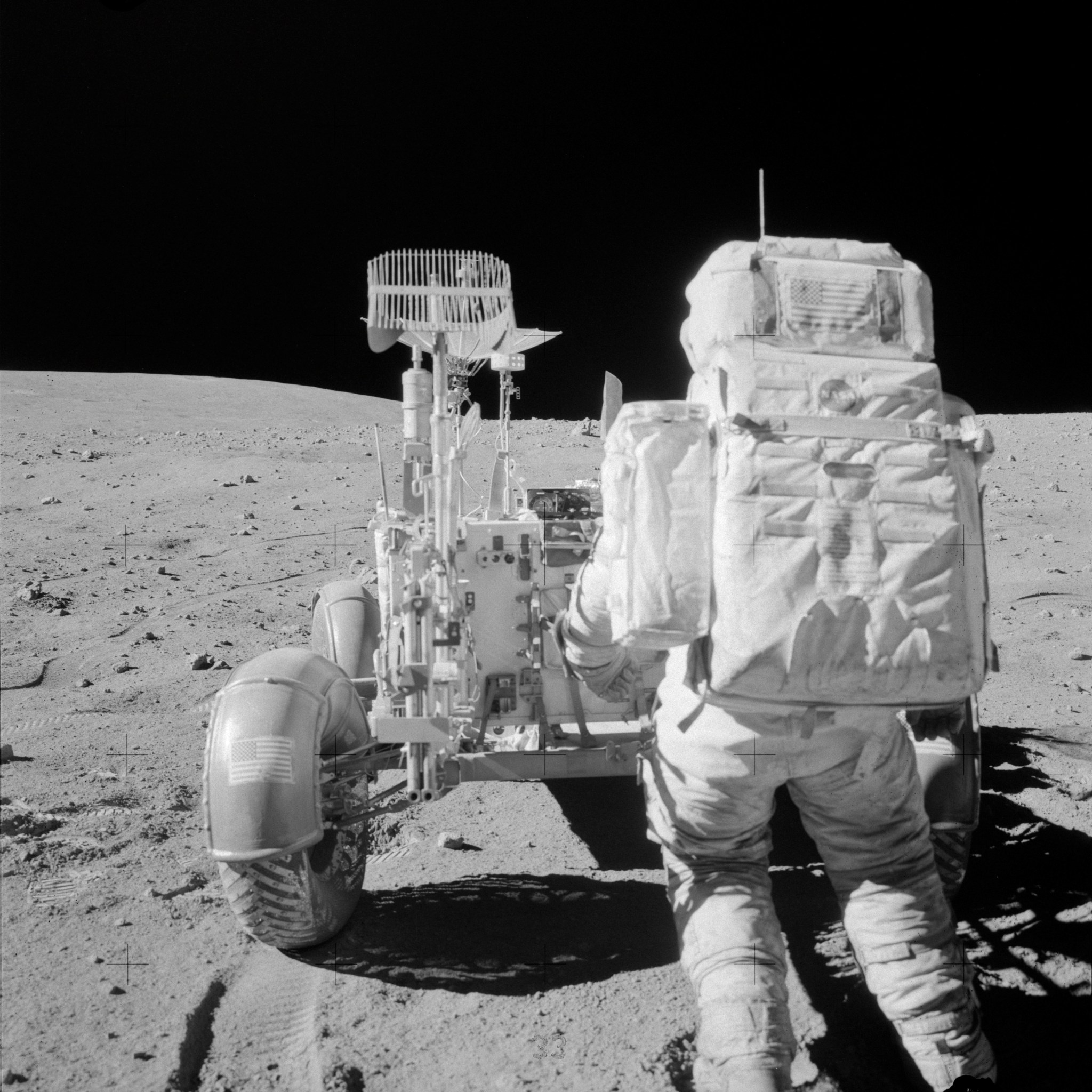
This week in 1972, Apollo 16 astronauts Charles M. Duke Jr., lunar module pilot, and John W. Young, commander, landed on the lunar surface. This photo, taken during the mission’s second extravehicular activity, shows Young retrieving tools from the Lunar Roving Vehicle’s Hand Tool Carrier. NASA’s Marshall Space Flight Center designed, developed and managed the production of the lunar rover and the Saturn V rocket that took astronauts to the moon. Today, Marshall is developing NASA’s Space Launch System, the most powerful rocket ever built that will be capable of sending astronauts deeper into space than ever before, including to Mars. The NASA History Program is responsible for generating, disseminating, and preserving NASA’s remarkable history and providing a comprehensive understanding of the institutional, cultural, social, political, economic, technological, and scientific aspects of NASA’s activities in aeronautics and space. For more pictures like this one and to connect to NASA’s history, visit the History Program’s webpage. (NASA)
Obituaries
Joseph H. Scollard, 91, of Huntsville, died April 9. He retired from the Marshall Center in 1986 as an electronics engineer. He is survived by his wife, Betty Hensley Scollard.



